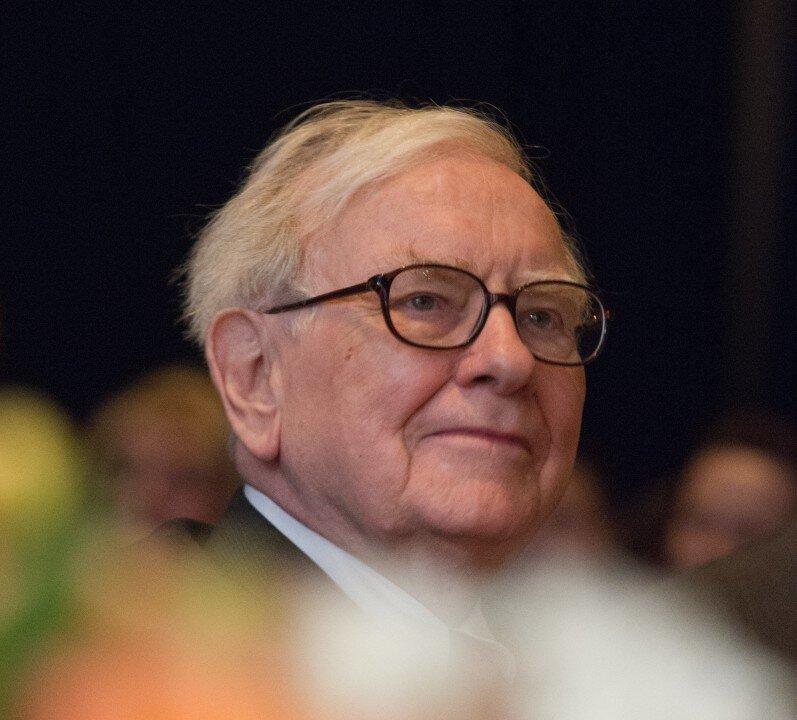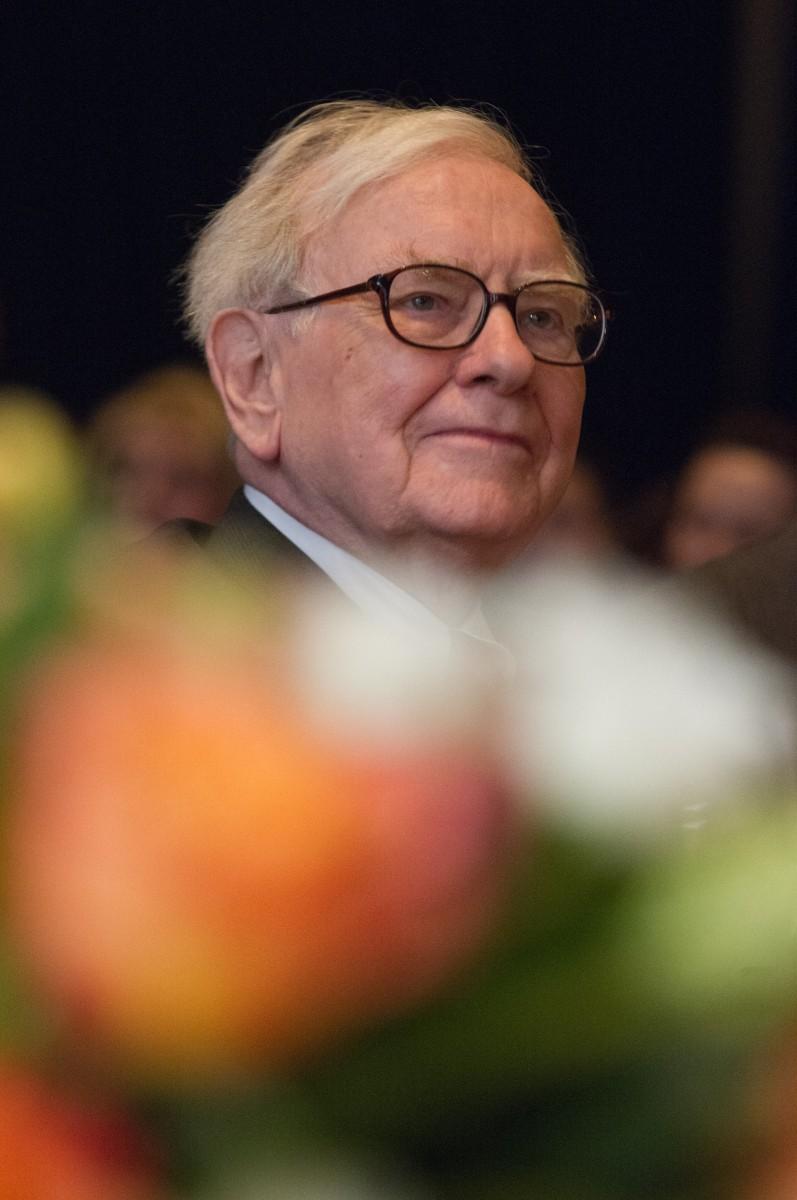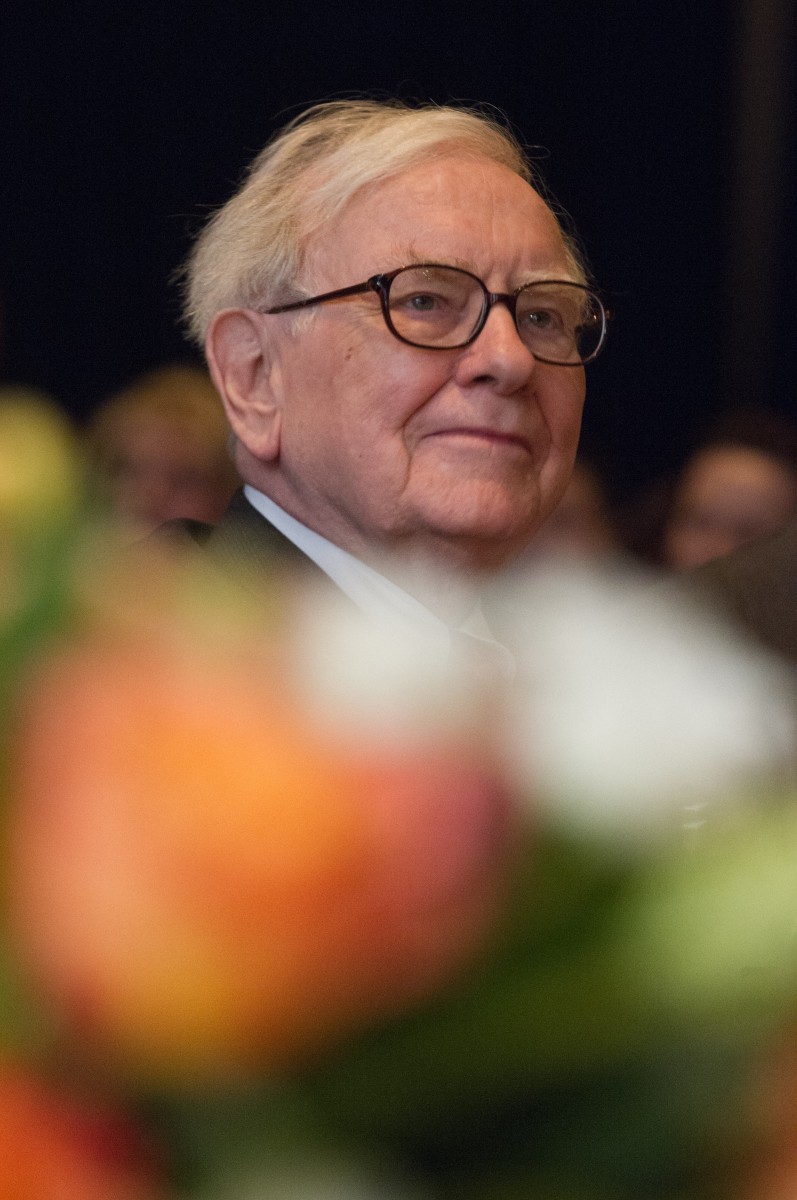News releases and reports in merger and acquisition (M&A) publications predict an increase in M&A activity in 2013.
“According to 60 percent of the M&A professionals, companies’ large cash reserves will drive deal activity and 40 percent acknowledged favorable credit terms as a supporting factor,” an article on the AccountingToday website states.
Given the uncertainty concerning economic conditions, almost 80 percent of survey respondents suggested that M&A transaction sizes won’t exceed $250 million, while only 12 percent will be interested in deals up to $500 million.
In 2013, Asian companies and Sovereign Wealth Funds (SWFs) are on the lookout for companies that would be profitable, a February Ernst & Young report suggests.
“Both the pre-bid and the post-announcement periods will continue to remain longer than the historical average. … To get a deal done requires even more skill in planning and execution than usual,” according to the Ernst & Young report.
The M&A conversion rate, which refers to the length of time it takes from the negotiation to the completion of a transaction, was 67 percent in 2010 and 2011, while it decreased 5 percent to 62 percent in 2012.
The decrease in 2012 “was not driven by an increase in the level of withdrawn deals, which have remained stable from year to year, but rather because the number of pending bids has increased significantly in the last year,” the Ernst & Young report suggests.
According to information published on the FactSet website, 928 M&A transactions were lower than $10 million between January 2011 and January 2012, while between January 2012 and January 2013, only 624 transactions under $10 million were reported. Transaction sizes ranged from below $10 million to above $1 billion. During the same time periods, the transaction sizes of 7,023 and 7,336 deals, respectively, were kept secret.
“Canadian firms were the biggest buyers of U.S. companies in January [2013]. They announced 18 deals for the month,” according to FactSet.
M&A Activities in 2013
“Focused, strategic deals will continue to be in vogue in 2013. We will continue to see strategic deals at the expense of opportunistic bids—i.e., fewer hostile bids and bidding wars—as it will remain a buyer’s market,” the Ernst & Young report suggests.
The following transactions were listed by FactSet: In the communications sector, Clearwire Corp. was bought by DISH Network Corp. for $4.8 billion, and Atlantic Tele-Network Inc. was bought by AT&T Inc. for $780 million.
The second largest deal so far this year was the purchase of Compano Energy LLC by Kinder Morgan Energy Partners LP, a company that operates in the electric, gas, water, and sanitary services sector, for $3.2 billion. Financial advisers for the seller was Barclays Capital Inc. and for the buyer Citigroup Inc.
M&A Activities by Berkshire Hathaway
“The second disappointment in 2012 was my inability to make a major acquisition. I pursued a couple of elephants, but came up empty-handed. … In February, we agreed to buy 50% of a holding company that will own all of H. J. Heinz [Co.],” said Warren Buffett in his 2012 letter to shareholders, published March 1 on the Berkshire Hathaway website.
Berkshire speaks of about 56 subsidiary companies on its website, all of which were acquired before 2012. The Insurance Group consists of Geico (Government Employees Insurance Company), General Re, Berkshire Hathaway Reinsurance Group, and Berkshire Hathaway Primary Group, according to the 2012 year-end financial statement.
“The acquisition of Heinz … by Berkshire Hathaway … hasn’t only hogged headlines over the past week. It has also showcased the slow-but-sure resurgence of the mergers and acquisitions business, which had gone from a full-on gallop to something more like a stroll since the financial crisis,” according to a Feb. 9 article on the Motley Fool website.
There are many thoughts expressed concerning the Berkshire Hathaway 50 percent purchase of Heinz stock. The majority of them wonder about the true reasons behind this purchase, and many suggestions have been put on the table.
“At $28 billion the famed ketchup maker is valued at a rich 23 times earnings, and Buffett won’t even control the management, which is to be left to 3G [Capital]. Given Warren’s long and storied history, something doesn’t make sense. But maybe he’s become a doomsday prepper,” a Feb. 25 Money Morning article states.
The Money Morning article reasons back and forth, and in the end states that the purchase of the Heinz stock “only makes sense if Buffett feels that Berkshire Hathaway’s $48 billion cash pile is in serious danger of being eroded by low interest rates and inflation.”
Identifying Buffett’s Investment Strategies
“Warren Buffett has shown that you can value invest in shares that grow over time. He has always acknowledged that his investment style is based on Benjamin Graham’s principles and he cannot understand why all investors don’t do the same thing,” according to a Feb. 12 article on the Warren Buffett Secrets website.
The basic principles of a value investor include owning part of the company as a stockholder, viewing the market price of the stock as only an estimation and not necessarily what the firm is worth, and subscribing to long-term tactics.
“Buffett has added his own riders to Graham’s tenets and to some extent introduced a subjective element to the objectivity of Graham, particularly in his preference for businesses with a competitive advantage,” according to the Warren Buffett Secrets article.
Applying the Graham Principle
“On the surface, it appears that this [Heinz acquisition] is outside Warren Buffett’s usual investment parameters,” a Feb. 15 article on the Warren Buffett Secrets website states.
The parameters of the deal include: Some of the funds that pay for the Heinz transaction are borrowed; Buffett makes use of the price/certain earnings ratio, which in this case is far larger than the one Buffett is comfortable with; and lastly, he does not favor private equity firms, but he is teaming up with 3G Capital, a private equity firm, to consummate the Heinz deal for $28 billion.
The Warren Buffett Secrets article looks at the transaction from what the writer believes to be Buffett’s standpoint. For example, Heinz products are well known worldwide, and the company’s direction as a food producing company is also no secret. Heinz produces products that are within its expertise and does not stray into other industry sectors. Also, it would be rare for a supermarket not to stock Heinz products.
The food industry is a highly competitive environment, however, “within its industry segment, it [Heinz] has pretty close to what Charlie Munger calls a moat; that is, a competitive edge,” according to the Warren Buffett Secrets analysis.
“This is the repeat, cash producing business that Buffett loves. And it allows the company to edge up its prices to cover inflation and increased labor costs.”
Heinz’s financial statements indicate that it would take a little more than 5 years to pay off the firm’s debt, and the current ratio of current assets to current liabilities is higher than Buffett is generally comfortable with, according to the Warren Buffett Secrets article.
“This looks to us as an investment outside Buffett’s usual parameters. Or perhaps he knows something that we don’t.”
The Epoch Times publishes in 35 countries and in 19 languages. Subscribe to our e-newsletter.






